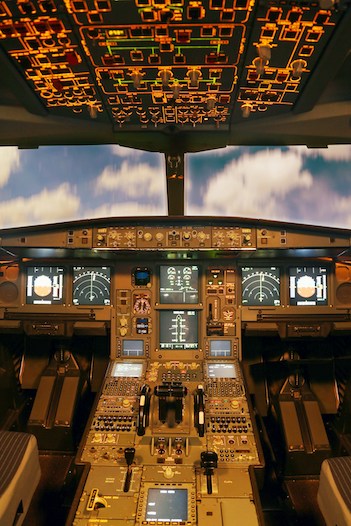
Aviation safety investigations are crucial undertakings that ensure the continuous improvement of air travel safety. These investigations are complex, involving a meticulous and systematic approach to uncovering the causes of aviation incidents or accidents and formulating measures to prevent their recurrence. Effective management of an aviation safety investigation is vital for maintaining the safety and reliability of air transportation.
Initiating the Investigation
The first step in managing an aviation safety investigation is the prompt notification and activation of the relevant authorities. Upon the occurrence of an incident or accident, immediate notification is essential. This typically comes from air traffic control, the airline involved, or eyewitnesses. The responsible aviation safety investigation authority, such as the National Transportation Safety Board (NTSB) in the United States, activates an investigation team. This team, often referred to as a “go-team,” comprises experts in various fields such as flight operations, airworthiness, human factors, and survival factors.
On-Site Investigation
Once the team is deployed, securing the accident scene is paramount to preserve evidence. Local law enforcement and emergency services play a crucial role in this phase. Investigators ensure that the wreckage and any other relevant evidence remain untouched until properly documented. The on-site investigation involves meticulous evidence collection, including comprehensive photography, detailed inspection of the aircraft wreckage, retrieval and analysis of flight data and cockpit voice recorders, and interviews with survivors, witnesses, and first responders.
Environmental factors such as weather conditions, terrain, and lighting at the time of the incident are also assessed. This information can provide insights into external influences that may have contributed to the accident. Additionally, human factors analysis is conducted to evaluate the actions of the flight crew, air traffic controllers, and maintenance personnel, examining training records, work schedules, and any signs of fatigue or impairment.
Laboratory Analysis and Data Integration

Recovered aircraft components and systems are subjected to detailed analysis and testing in specialized laboratories. This includes metallurgical examination, avionics testing, and systems simulations to identify possible failures. Data from the flight data recorder (FDR) and cockpit voice recorder (CVR) are thoroughly analyzed to reconstruct the flight’s performance and the crew’s actions, helping to understand the sequence of events leading to the incident.
The integration of all collected data, including on-site findings, laboratory results, and witness statements, is crucial for developing a cohesive timeline of events. Investigators then formulate hypotheses about the causes of the incident, testing them against the evidence to determine their validity. A detailed analysis of human performance and organizational factors, such as company policies, safety culture, and regulatory oversight, is conducted to identify any systemic issues.
Reporting and Recommendations
The findings, analysis, and conclusions of the investigation are compiled into a comprehensive report. This report includes factual information, analysis of the probable causes, and contributing factors. The investigation team formulates safety recommendations aimed at preventing similar incidents. These recommendations may be directed at airlines, manufacturers, regulatory bodies, and other relevant stakeholders.
The draft report and recommendations undergo a peer review process, often involving independent experts and stakeholders, to ensure accuracy and relevance. The final report is then published and made available to the public, industry stakeholders, and regulatory authorities. Transparency is essential to maintain trust and credibility in the investigation process.
Implementation and Continuous Improvement
Regulatory authorities and industry stakeholders are responsible for implementing the safety recommendations. The investigation authority monitors the progress and effectiveness of these implementations. Lessons learned from the investigation are used to improve future investigation processes and enhance overall aviation safety. Continuous feedback and improvement are integral to the effectiveness of aviation safety management.
Conclusion
Managing an aviation safety investigation is a complex, multi-faceted process that requires meticulous planning, coordination, and execution. The ultimate goal is to uncover the causes of incidents and implement measures that enhance the safety of aviation operations worldwide. By adhering to a systematic approach and fostering collaboration among all stakeholders, aviation safety investigations contribute significantly to the ongoing improvement of air travel safety. This commitment to rigorous investigation and proactive safety management ensures that the skies remain safe for all who travel.